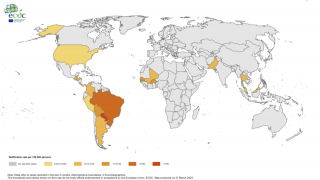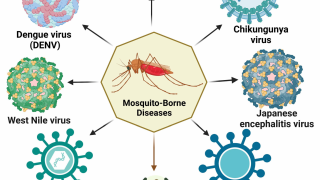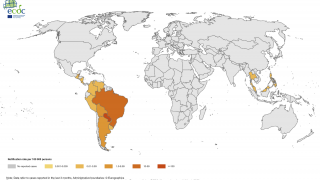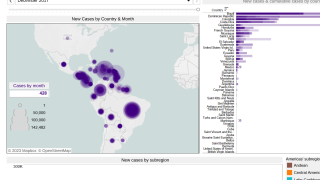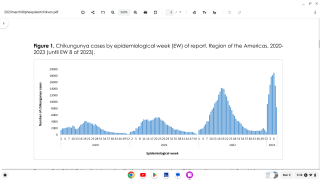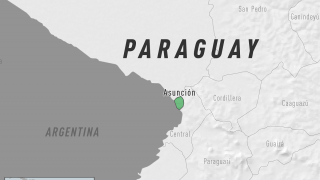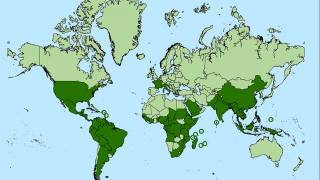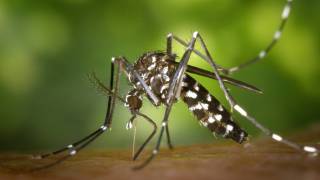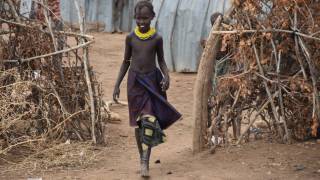Chikungunya Update: The Good, The Bad, and The Ugly
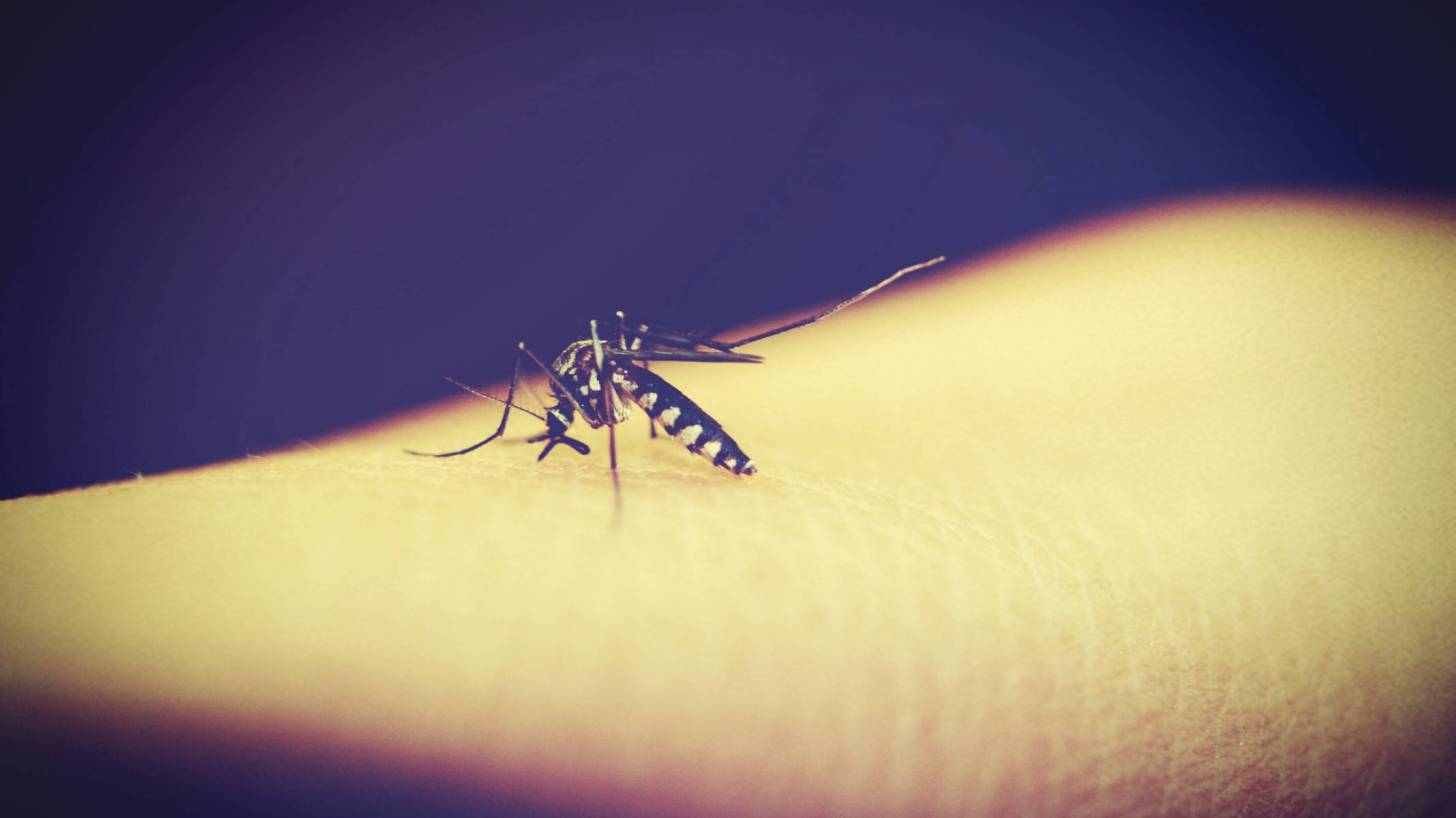
The Chikungunya virus has become a substantial impact on public health around the world.
This is because of the magnitude of its epidemics and the debilitating symptoms people experience.
The Chikungunya Virus (CHIKV) can cause high fevers, joint and muscle pain, and headaches. Chikungunya does not often result in death, but the joint pain may last for months or years.
Since 2013, local transmission of Chikungunya has been identified in 45 countries throughout the Americas, and in 26 USA states and Puerto Rico.
This virus is transmitted by infected mosquitoes, such as Aedes aegypti and Aedes albopictus.
More than 1.7 million suspected Chikungunya cases have been reported to the Pan American Health Organization from affected areas.
Since there are no preventive vaccines or effective treatments available for this mosquito-borne disease caused by an alphavirus from the Togaviridae family, Chikungunya is considered by the Center of Disease Prevention and Control (CDC) to be a major public health threat.
But, there is some new, good news regarding a vaccine candidate.
PaxVax, a specialty vaccine company, announced the enrollment of the first patient in its Phase 2b dose-finding clinical trial of the chikungunya virus-like particle (VLP) vaccine, building upon a Phase 2a study by the National Institutes of Health (NIH) with 400 subjects.
VLP vaccines are multi-protein structures that mimic the organization and conformation of naturally occurring viruses, but lack the viral genome, says PaxVax.
There are two main advantages of the chikungunya VLP approach over other vaccine approaches. First, VLP vaccines are non-infectious and therefore avoid safety concerns during production or use.
Additionally, the chikungunya VLP vaccine maintains natural epitopes to mimic natural infection and derives high immunogenicity.
PaxVax expects results in early 2019. The vaccine was licensed from the National Institute of Allergy and Infectious Diseases (NIAID) at NIH, as reported earlier in 2018.
And, there is some new, bad news.
The CDC reported the results of a population-based seroprevalence study of CHIKV conducted in 2 cities in Brazil showed that >45 percent of the study population had CHIKV antibodies.
This study revealed a higher incidence of this virus infection in all age groups and genders, more than double the values reported in most of the studies previously published in the Americas.
The high incidence of infection suggests that the transmission of CHIKV was fast and intense.
In addition, CHIKV circulation seems to have remained active much longer than originally reported. CHIKV IgM was detected in >6 percent of the participants.
And, unlike other arboviruses, CHIKV IgM may persist for prolonged periods of time, such as 12 months or up to 3 years post-infection, reports the CDC.
Additionally, there is some new, ‘ugly’ news.
In the Brazilian state of Rio de Janeiro, from January to March 2018, there were 4,262 notifications of Chikungunya cases.
While in all of 2017, there were just 4,305 cases.
Which means Brazil is on a negative trend to triple the number of reported Chikungunya cases in 2018.
This is one of the reasons the CDC issued Travel Alerts for Brazil and other CHIKV endemic countries.
Travelers who go to Africa, Asia, parts of Central and South America, and islands in the Indian Ocean, Western and South Pacific, and Caribbean are at risk.
The CDC says the only way to prevent Chikungunya is to prevent mosquito bites. Preventing bites can be difficult, but it is important, as you can get sick after just one mosquito bite.
Our Trust Standards: Medical Advisory Committee
- 2017 provisional data for the United States
- Chikungunya Virus
- PaxVax Announces the Initiation of Phase 2b Trial for its Chikungunya Vaccine
- Chikungunya Virus Vaccine Candidate Enters Clinical Study
- Number of chikungunya cases in three months of 2018 in RJ is almost triple the same period last year
- Seroprevalence of Chikungunya Virus after Its Emergence in Brazil
- Chikungunya Virus Effect Found to Be Long Lasting



